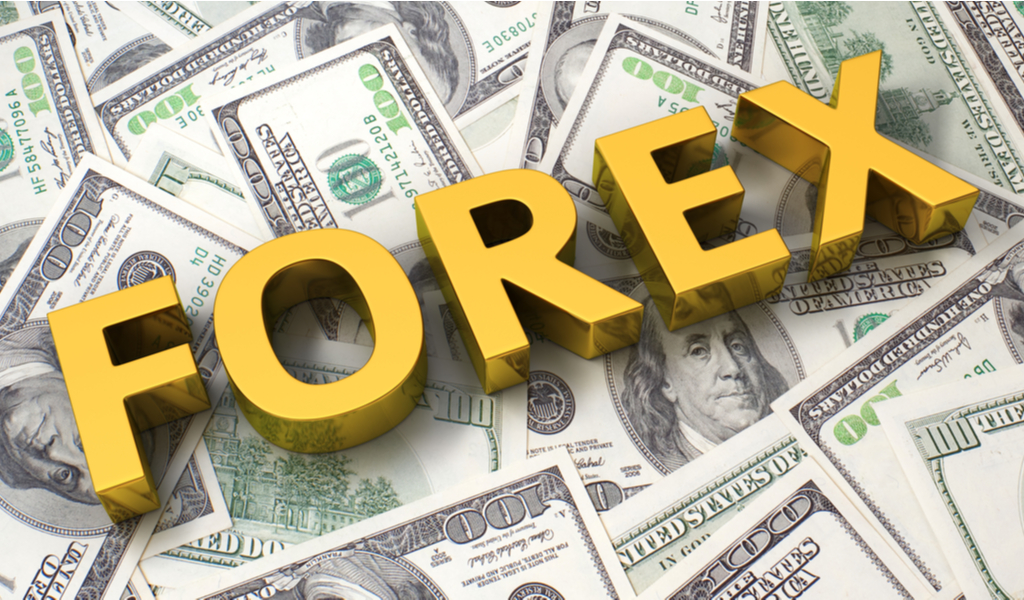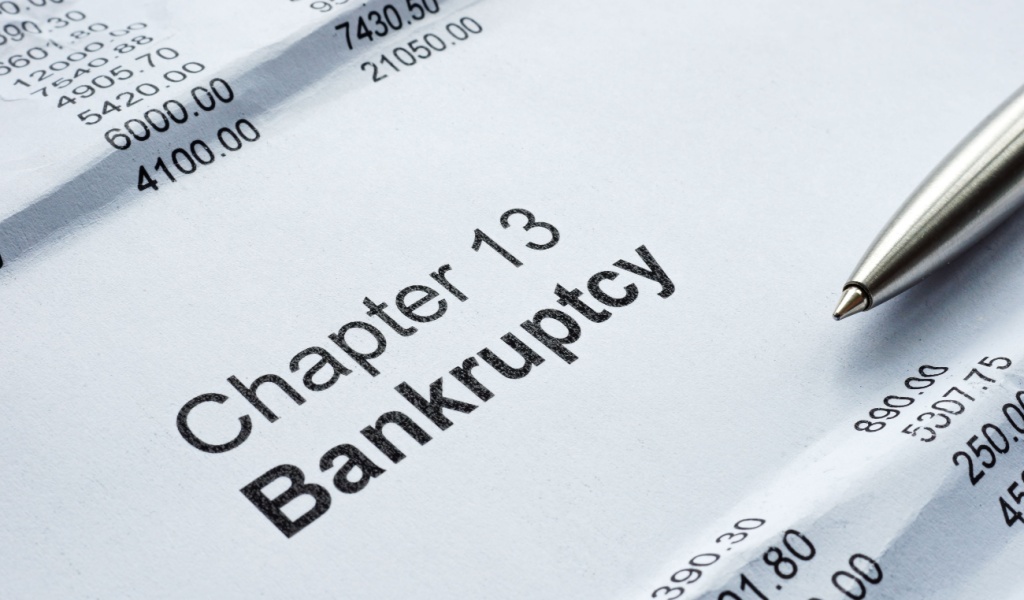The stock market is big. The bond market is even bigger. But the market that dwarfs all others is the Forex market, with over $2.3 trillion traded each day. Forex, or FX, is the foreign exchange market, where currencies from countries all over the world are traded twenty-four hours a day, from Sunday night through Friday night. If you have an interest in trading, Forex trading might be the right choice for you.
Forex differs from other types of trading in several ways. First, Forex is not controlled by any official exchange organization. It is considered an over-the-counter market and so has the advantage of no exchange fees. However, it is also less regulated than exchange-controlled markets and so the onus is on the trader to make sure he is dealing with a reputable, reliable broker.

Forex also differs in that trading is always done in currency pairs. Since world currencies are on a floating exchange rate, what matters is their value relative to one another. So each Forex trade involves buying one currency and selling another one. For example, if you bought the euro/US dollar pair, you would actually be buying the euro while simultaneously selling the US dollar. If the value of the euro increased relative to the dollar, you would make money. If the dollar increased relative to the euro, you would lose money. There are many currency pairs, but the major ones involve the US dollar and one of the euro, the Japanese yen, the British pound, the Australian dollar, the Canadian dollar or the Swiss franc.
Forex price movement is measured in pips, also called points. The value of a pip differs for different currency pairs.
Another difference in Forex trading is that it is often possible to find a broker who will not charge commissions for trades. This seems like a boon, but it should be taken with a grain of salt. Forex markets usually have a larger than one pip gap, called the spread, between the amount the highest bidder is willing pay and the amount the lowest asker is willing to take. This spread is often taken advantage of by brokers to make profits for themselves. The wider the spread, the more price must move in the trader’s direction just to break even. Thus the wider the spread the more the trader is at a disadvantage. Typical spreads are 2.3 for the euro/US dollar and 7.1 for the euro/Canadian dollar. This is one reason the euro/US dollar pair is so popular. It is simply easier to turn profits if the spread is smaller.

From a pure trading standpoint, Forex trading is very much like other types of trading. Skills learned in trading stocks or futures translate well because at the end of the day price movement is a product of buying and selling by human beings, and human nature is the same in all markets.
Forex is probably the most accessible market for new traders. Forex brokers abound and accounts can be opened for as little as $250. Accessible, however, does not translate into easy money. Forex trading is a highly competitive endeavor which requires solid trading plans, skill and discipline to succeed. Still the wide-open, global, 24-hour nature of the Forex market makes it an attractive choice for many traders. After all, it is the biggest market on earth.



